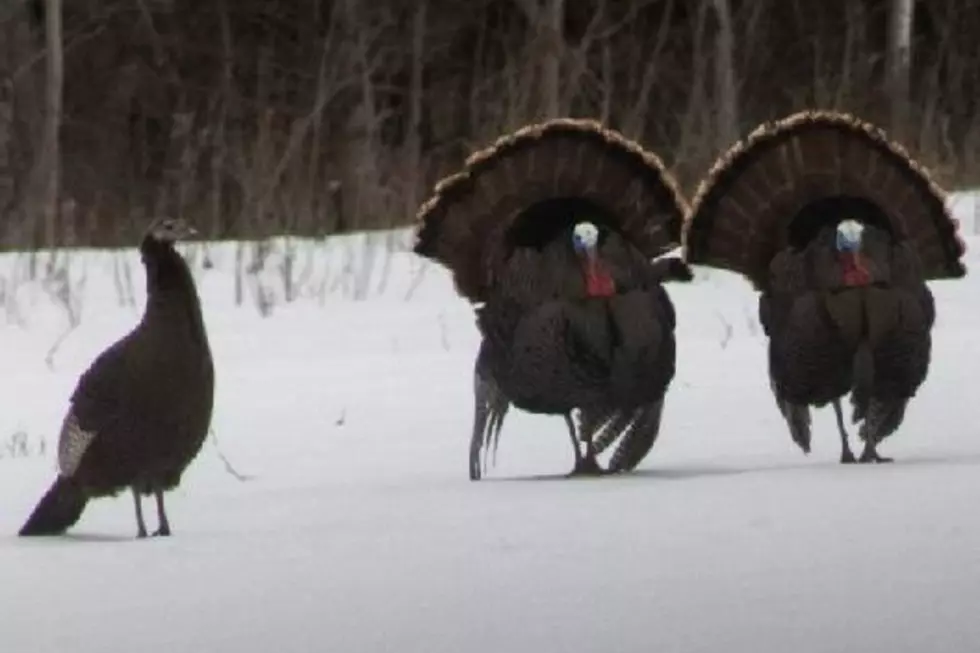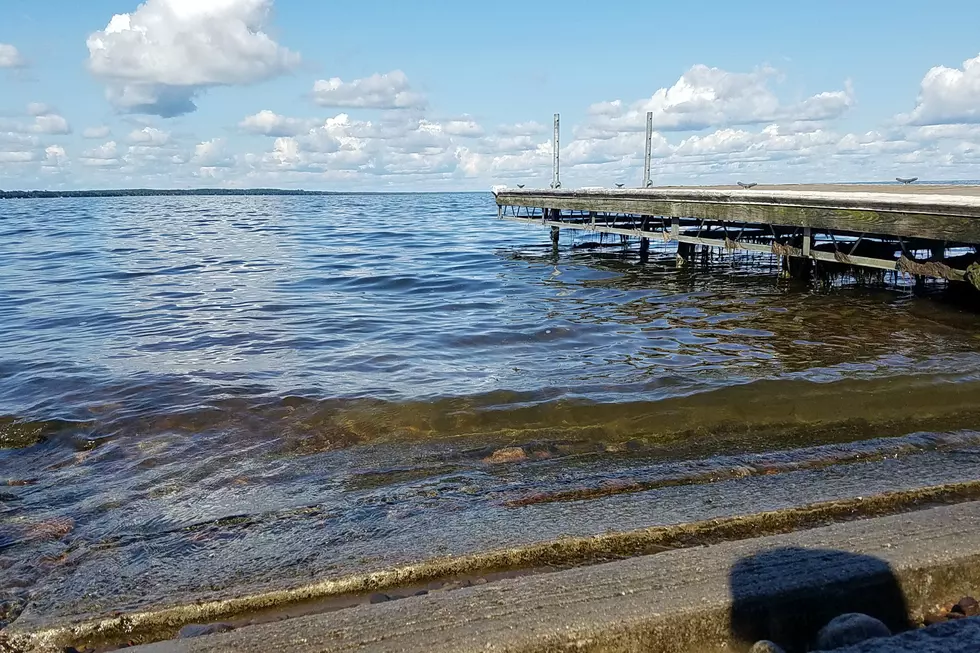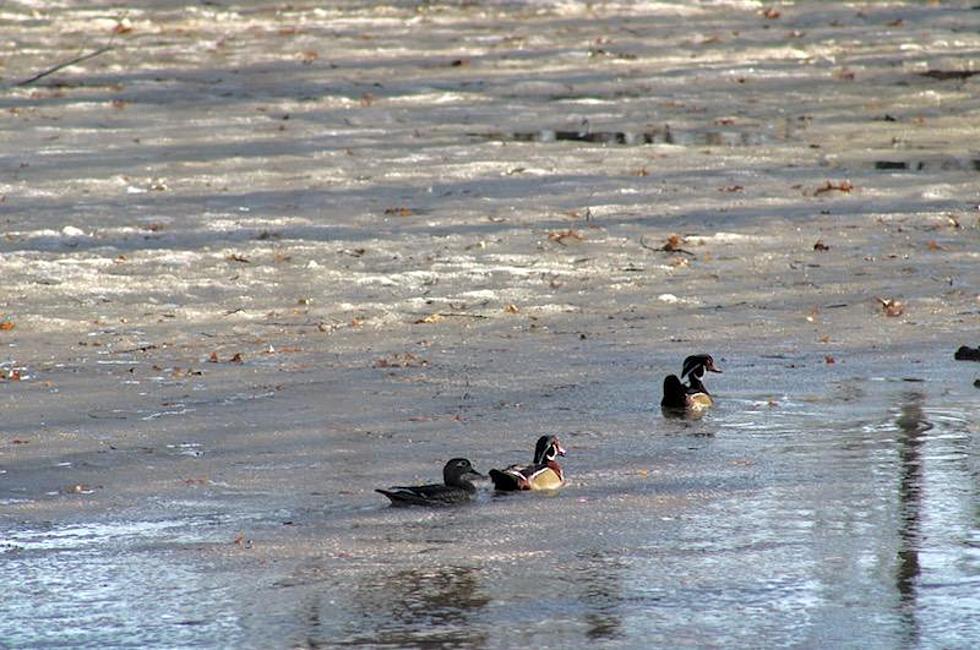
In The Outdoors: Making the Most of Electronic Gadgetry
Making the Most of Electronic Gadgetry
Every year, when the frozen season descends upon us, I find myself following two very consistent paths. One trail leads me to a number of local lakes that have a history of quality
winter fishing. The other leads me to new lakes and an opportunity to explore unfamiliar horizons.
One part of me says I have plenty of places to fish that are proven hotspots. The other side encourages me to take a look around to see what else is out there. After all, if it wasn’t for exploration, I would never have discovered many of my perennial favorites.
Whichever path I take on any given day, I depend greatly on electronics to lead the way. The two key components are my GPS with a map chip and sonar.
Although nearly every winter angler I know utilizes some type of sonar for their fishing, not nearly as many have discovered the value of a GPS.
When fishing on local lakes, I have every spot that has produced fish for me marked on my handheld GPS unit. Although not every single spot will produce year after year, I can be pretty sure that somewhere on the lake, there will be a location from yesteryears that will hold fish. Finding them is merely a matter of running through the waypoints.
On a new lake, this process works a little differently. A classic case in point happened last
winter.
A fishing crony and I were exploring a new lake in hopes of finding some quality winter panfish. Although we had a general idea of where to go, the specifics of locating the spot on the spot still had to be accomplished.
By pouring water on the ice and taking a reading with our sonar, we were able to cover the deep basin location quite thoroughly without ever drilling a hole. Once we located an area that held fish, our trusty StrikeMasters got a workout.
The tool that guided us through this process was the GPS and LakeMaster depth chip (www.lakemap.com). By utilizing the chip, we could see exactly where we were in relationship to the changes in depth. It allowed us to focus on the edges of the basin which is where the fish usually are.
Once we started catching fish, we found that the big bluegills were a little shallower than the crappie. Again, by using the chip and depth contours on the GPS, we could work along the contour at the exact depth where the bluegills were located.
Eventually, the sunfish action dried up and we went back to working the crappie. These fish continued to stay in the area for some time, but gradually moved out more into the basin and deeper water as the morning progressed. The GPS helped us identify the deeper water that the fish were attracted to.
There is no question that winter angling is more of a challenge than summer. Although I believe the fish may not roam as much during the cold water period, the process of dealing with thick ice, augers and the cold make the search process much more difficult.
For this reason, I am a huge fan of utilizing electronic gadgetry to my advantage. I have learned time and again how important proper equipment is to the overall success of a fishing season.
Whichever path I take, perennial hotspots or new locations, electronics play a critical role in my fishing routine.
More From AM 1240 WJON









